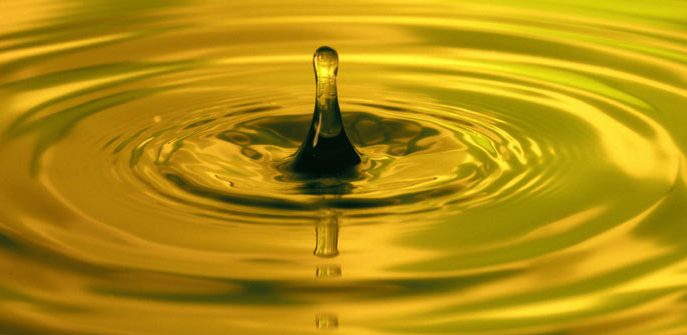SKF issued a release, noting the importance of choosing the right oil in seal lubrication procedures, in order to ensure they last in the extremely demanding conditions they are exposed to. In this context, as the range of marine lubricants on the market is surprisingly diverse, SKF provides information on how oil must be subjected to testing.
In particular, SKF highlights that lubricants vary in aspects, such as their physical properties, durability, compatibility with other materials, and viscosity and underlines that maintains a list of all lubricants it has officially approved for use with its Simplex seals. Making it onto this list can play a major part in the commercial success of an oil. Therefore, oil producers and shipping companies apply for tests approximately three times a month. Oils need to pass this test before they can be added to the list.
Moreover, SKF explains he two-stage test process. First, in what is known as a static test, the various elastomers used in Simplex components are placed in a container with the oil. The duration of storage and the temperature are varied so the lubricant can be examined under all realistic conditions. After the elastomer is removed, SKF material testers check whether it has changed physically. For the oil to be approved, its physical properties must meet defined criteria and limits.
Most organizations only conduct laboratory testing, which alone is not enough to detect everything. This is why a second phase is recommended. Ideally, pure oil would be used for testing—but this rarely happens in practice. Therefore, SKF uses a mix of oil and water for the next test. At a defined and constant water content, the oil’s properties deteriorate. Only when this test is passed can the oil be approved.
The two-stage static test is also used for environmentally friendly oils. However, this alone is not enough. Some EALs begin to emulsify with water over time, and the thickened liquid can block pipes. In a demulsification test, testers prepare an oil-water solution and examine how quickly, and to what extent, the substances separate. Once this test has been passed, there is one final hurdle: the dynamic test. Using a full replica of a sterntube seal, the oil is examined for a longer period of time under real-life conditions.
SKF notes that the wide range of lubricants on the market can make it difficult for ship operators to make a decision, but with an approved oil, owners can rest easy knowing they have a product they can rely on in the long term.
Source: SKF






























































